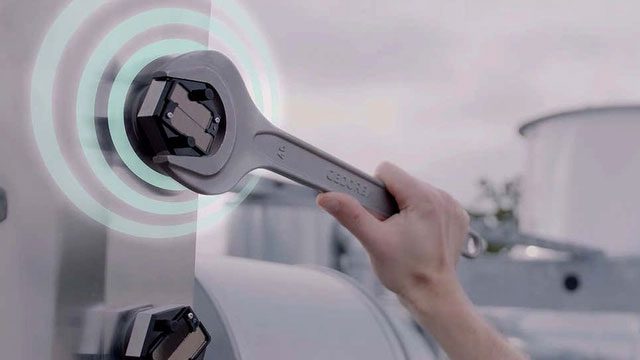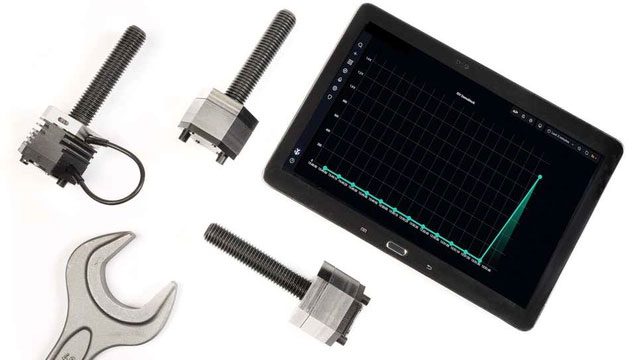In an effort to enhance the quality inspection process for construction projects, researchers at the Fraunhofer Excellent Perception Internet Technology Cluster (CCIT) have successfully developed a smart screw that can autonomously issue alerts if it becomes loose over time.
No matter how tightly the screw is fastened, these devices are bound to loosen during use. Screws on bridges, wind turbines, cranes, or even roller coasters will become unstable due to the continuous impact of vibrations. Over time, they may loosen, potentially leading to unpredictable consequences.
This is why the research team aimed to integrate sensors into the screws. Leveraging the connectivity of the Internet of Things, the screws are equipped with a warning system that indicates when they begin to loosen.

This screw can autonomously issue alerts if it becomes loose over time.
The device, named Smart Screw Connection, features a thin, load-bearing film that acts as a sensor. It generates resistance when subjected to physical stress. In this case, when the screw is tightened, the sensor measures pressure at three points on the screw. As the screw loosens, the pressure on the film decreases, altering the resistance and triggering a warning signal.
The head of the screw also contains a wireless signaling mechanism that can transmit data wirelessly to a nearby station; the Smart Screw Connection uses the MIoTy wireless transmission protocol, which has a coverage range of up to 20 km.

Smart screws help reduce maintenance costs and waiting times for servicing.
A single station can monitor data from 100,000 smart screws. This data is open, meaning anyone with internet access can check the tightness of each individual screw. Smart screws not only help reduce maintenance costs but also decrease waiting times for servicing with their remote warning system.
To avoid the need for changing batteries for each screw, the researchers incorporated energy-harvesting technology that generates electricity from thermal energy into the Smart Screw Connection. The temperature difference between the screw head and the surrounding environment generates electricity, continuously providing “fuel” for the screw’s operation.
This modern technology aims to minimize human workload while ensuring the stability of structures, preventing unfortunate accidents.


















































